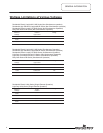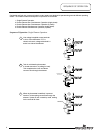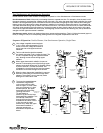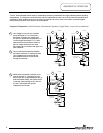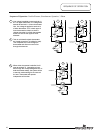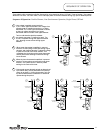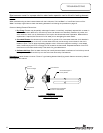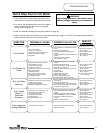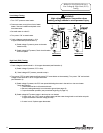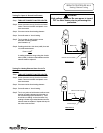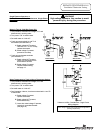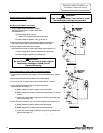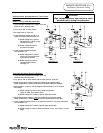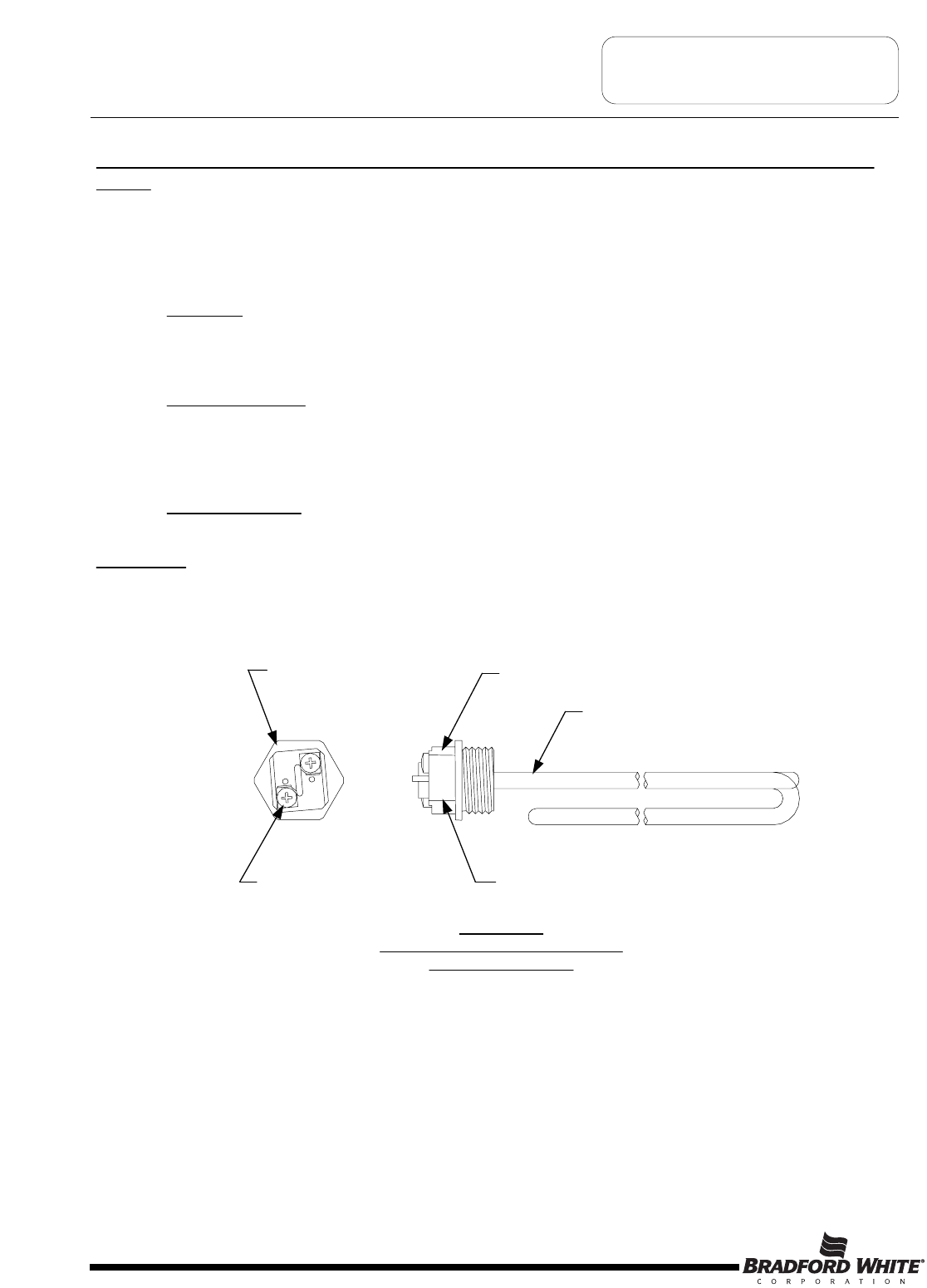
TROUBLESHOOTING
Most common cause for improper electric water heater operation can be linked to heating element
failure.
When troubleshooting an electric water heater with the incidence of “No Hot Water” or “Insufficient Amount of Hot
Water” Its always a good idea to check the heating elements first following the procedure on page 15.
Common Heating Element Failures Are:
1. Dry Firing. Element may be partially submerged in water or most likely, completely exposed with no water in
tank. In some cases sediment or lime build up around an element can eventually cause an air pocket, and
within seconds, result in a dry fired element. At this point the element becomes inoperative. When element
replacement is required, be sure tank is full of water prior to energizing the water heater.
2. Grounded Element. An element with a short circuit to ground will in most cases cause the circuit breaker in
the service panel to open or shut off. In some cases there may not be enough current draw for the circuit
breaker to open. This will allow the heating element to be in continuous operation resulting in over heated
water, limited only by the ECO or Energy Cut Off located in the thermostat. Repeated actuation of the ECO
reset button on the thermostat usually is the result of a grounded element.
3. Sediment build up. Slow hot water recovery can usually be traced back to sediment or lime build up around
heating element. Sediment build up can also over time cause a dry fired element.
Illustration 1, below shows a common “Screw-In” type heating element identifying certain features commonly referred
to throughout this manual.
1-½ Hex
Screw-in Flange
Terminal Block
Screw
Terminal Block
Zinc Plated Copper or
Incoloy Sheath
Element Rating Ink Stamped
on side of Terminal Block.
Illustration 1
Typical Direct Immersion “Screw-In”
Type Heating Element
Page 12
0642
4500W240V
RC02404524
12



